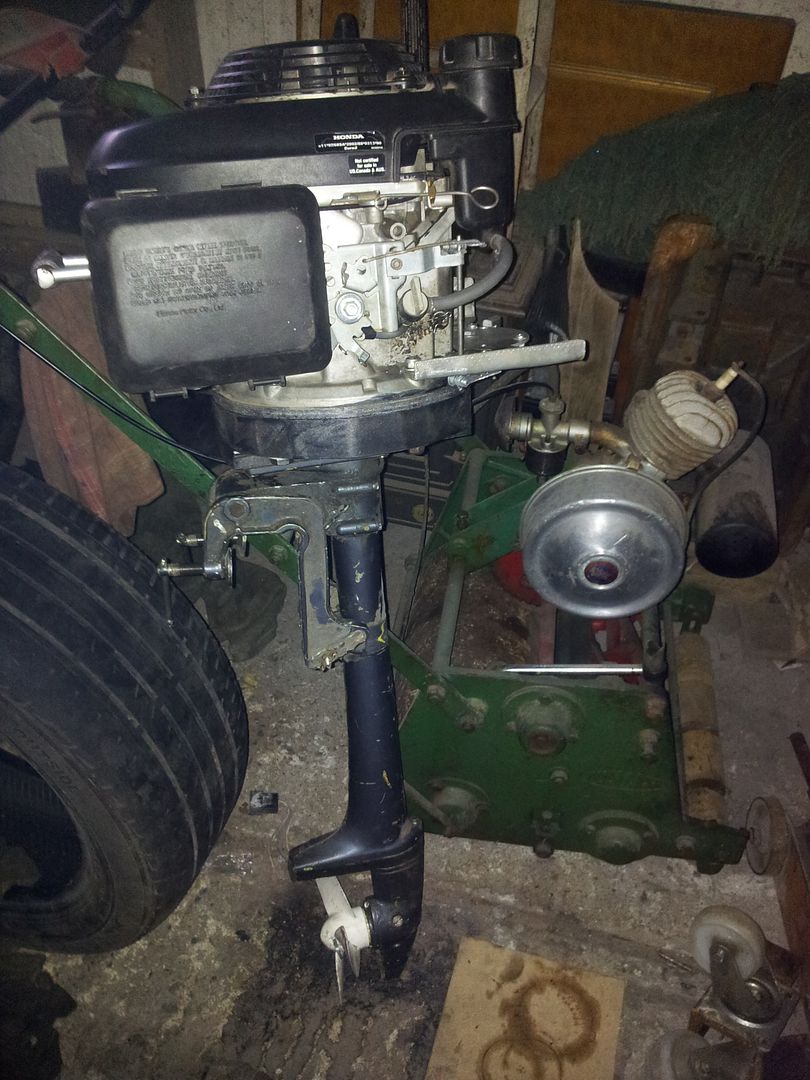Hi Guys.. I need advice.
I have purchase a Briggs and Stratton Vanguard 6.5HP Horizontal Engine (w/ splash lubrication system / motorsports rod dipper design).. I want to tilt it to power a small boat's propeller... the manufacturer does not recommend it ( but I've seen similar small engines being tilted in operation...
what angle from horizontal do you think I can get away with w/o causing engine failure/long term maintenance issues?
It will be operated daily, 10-12 hrs
I have purchase a Briggs and Stratton Vanguard 6.5HP Horizontal Engine (w/ splash lubrication system / motorsports rod dipper design).. I want to tilt it to power a small boat's propeller... the manufacturer does not recommend it ( but I've seen similar small engines being tilted in operation...
what angle from horizontal do you think I can get away with w/o causing engine failure/long term maintenance issues?
It will be operated daily, 10-12 hrs

